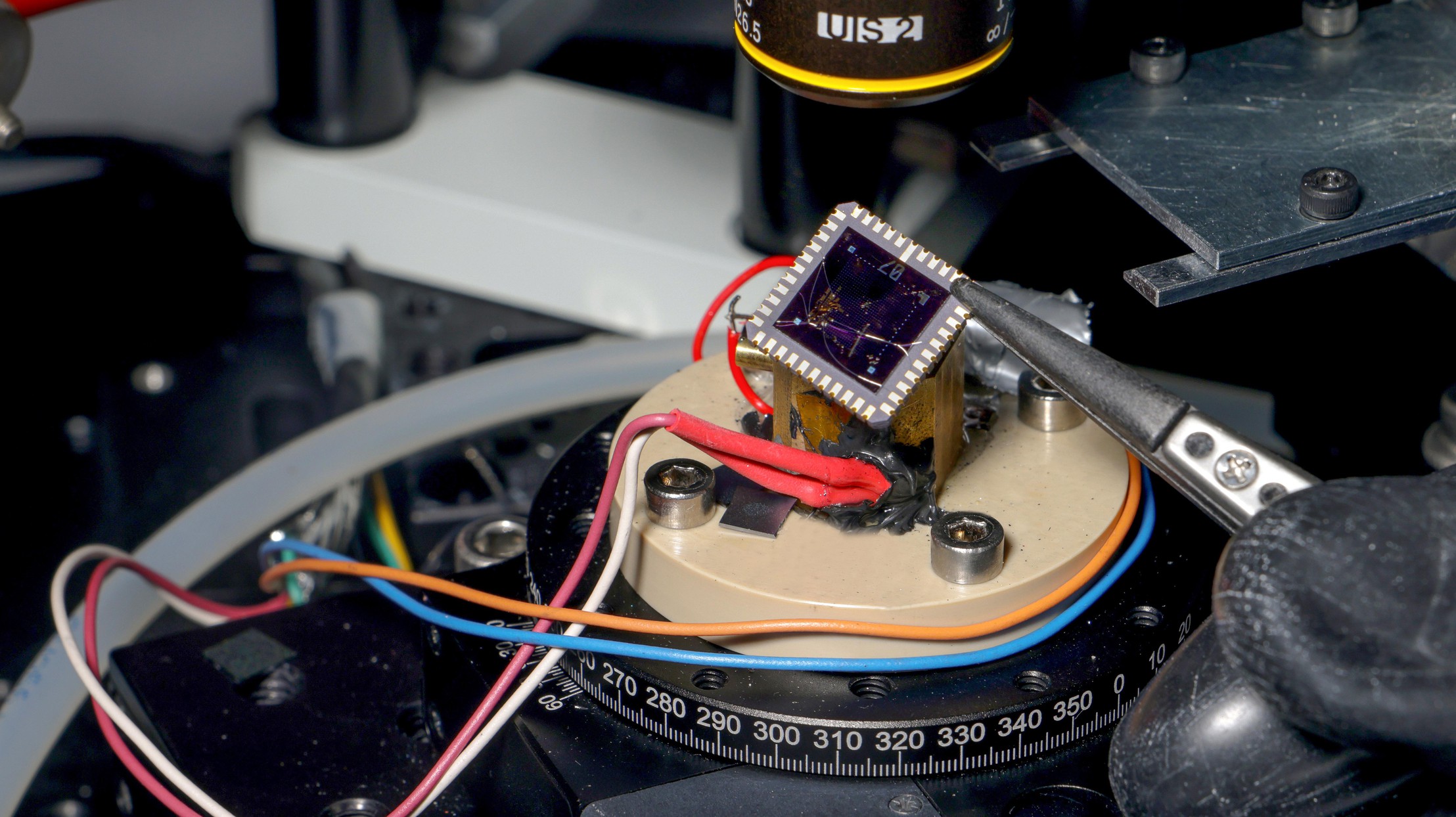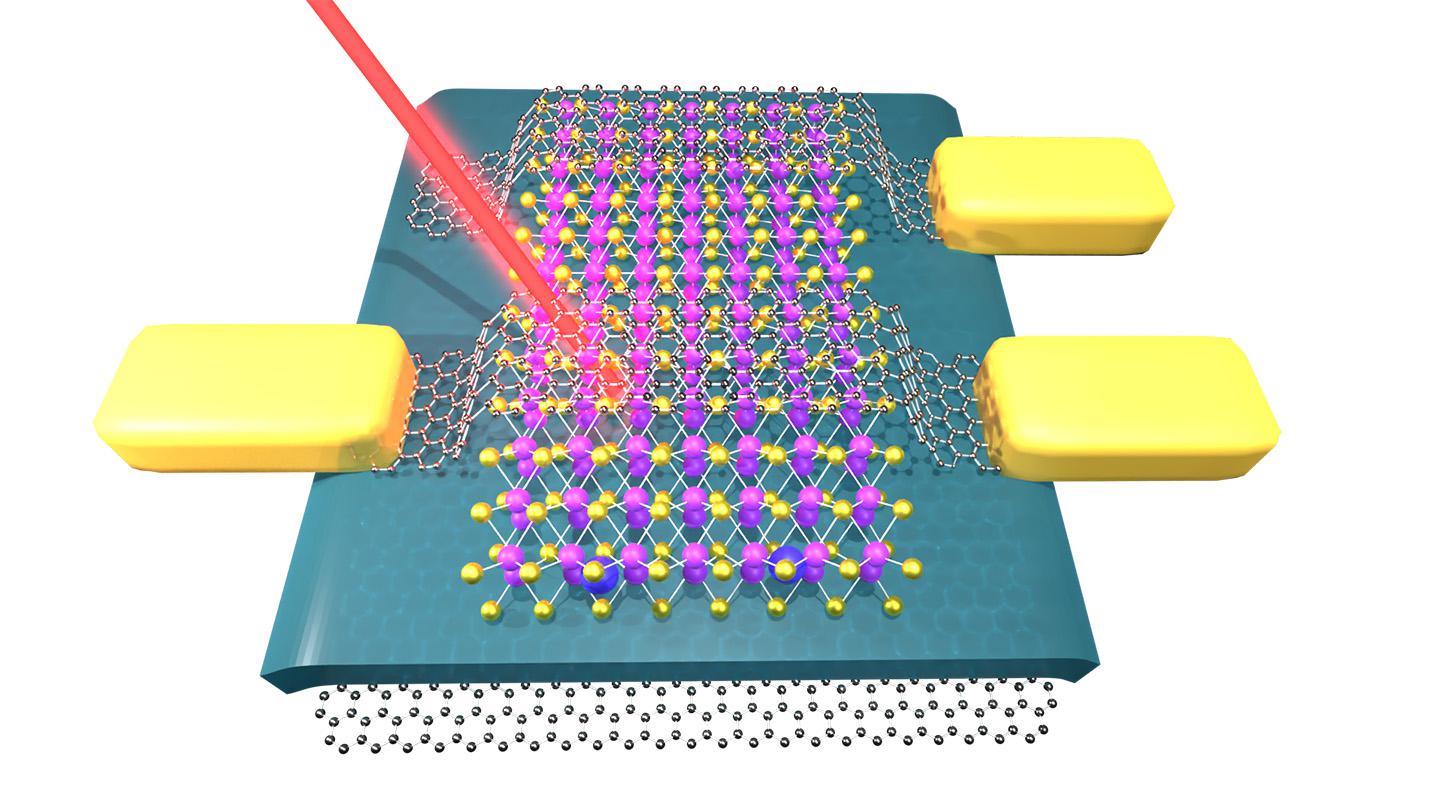
A research team at the Swiss Federal Institute of Technology Lausanne (EFPL) developed a 2D quantum cooling system that allowed it to reduce temperatures to 100 millikelvins by converting heat into electrical voltage. Very low temperatures are crucial for quantum computing, as quantum bits (qubits) are sensitive to heat and must be cooled down to less than 1K. Even the thermal energy generated by the electronics needed to run the quantum computer has been known to impact the performance of qubits.
"If you think of a laptop in a cold office, the laptop will still heat up as it operates, causing the temperature of the room to increase as well. In quantum computing systems, there is currently no mechanism to prevent this heat from disturbing the qubits," LANES PhD student Gabriele Pasquale explained.
However, most conventional cooling solutions no longer work efficiently (or don't work at all) at these temperatures. Because of this, heat-generating electronics must be separated from quantum circuits. This, in turn, adds noise and inefficiencies to the quantum computer, making it difficult to create larger systems that would run outside of lab conditions.
The headlining 2D cooling system was fabricated by a research team led by Andras Kis at EPFL's Laboratory of Nanoscale Electronics and Structures (LANES). Aside from its capability to cool down to 100mK, the more astounding innovation is that it does so at the same efficiency as current cooling technologies running at room temperature.
Pasquale said, "We are the first to create a device that matches the conversion efficiency of current technologies, but that operates at the low magnetic fields and ultra-low temperatures required for quantum systems. This work is truly a step ahead."
The LANES team called their technological advance a 2D quantum cooling system because of how it was built. At just a few atoms thick, the new material behaves like a two-dimensional object, and the combination of graphene and the 2D-thin structure allowed it to achieve highly efficient performance. The device operates using the Nernst effect, a thermomagnetic phenomenon where an electrical field is generated in a conductor that has both a magnetic field and two different temperatures on each side of the material.

Aside from its performance and efficiency, the 2D quantum cooling system is made from readily manufactured electronics. This means it could be easily added to quantum computers in other labs that require such low temperatures. Pasqual adds, "These findings represent a major advancement in nanotechnology and hold promise for developing advanced cooling technologies essential for quantum computing at millikelvin temperatures. We believe this achievement could revolutionize cooling systems for future technologies."
But even if some manufacturer mass produces this 2D cooling system that can hit sub-1K temperatures in the near future, don't expect to find it on Newegg to use it for overclocking your CPU, unless you plan to overclock a quantum computer in your living room lab.







